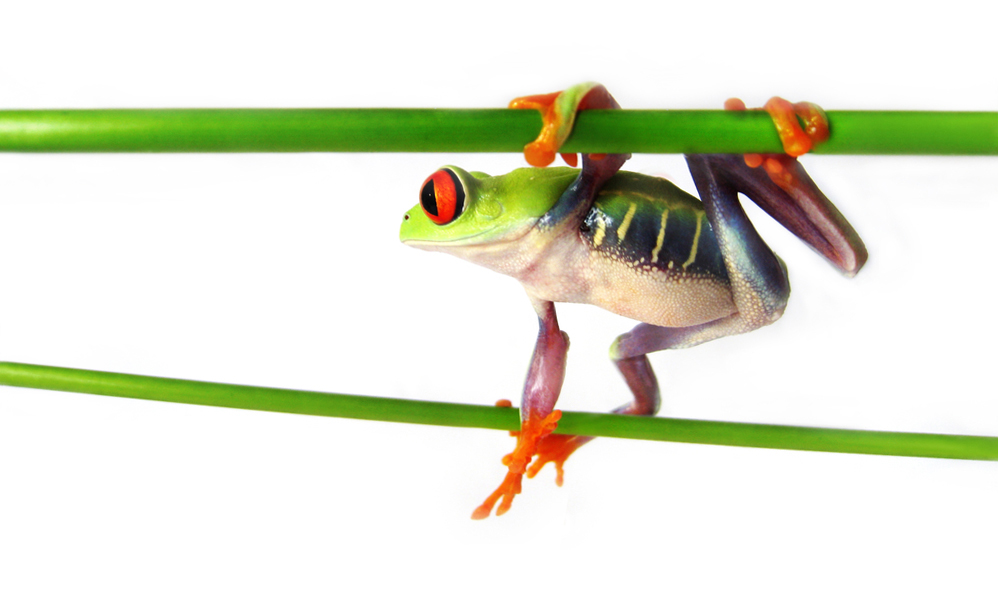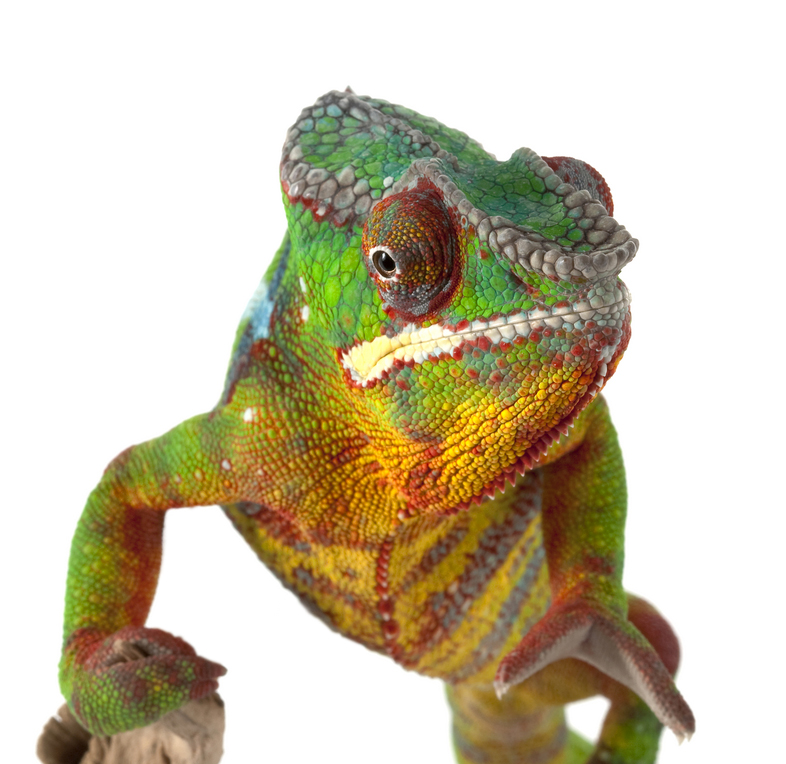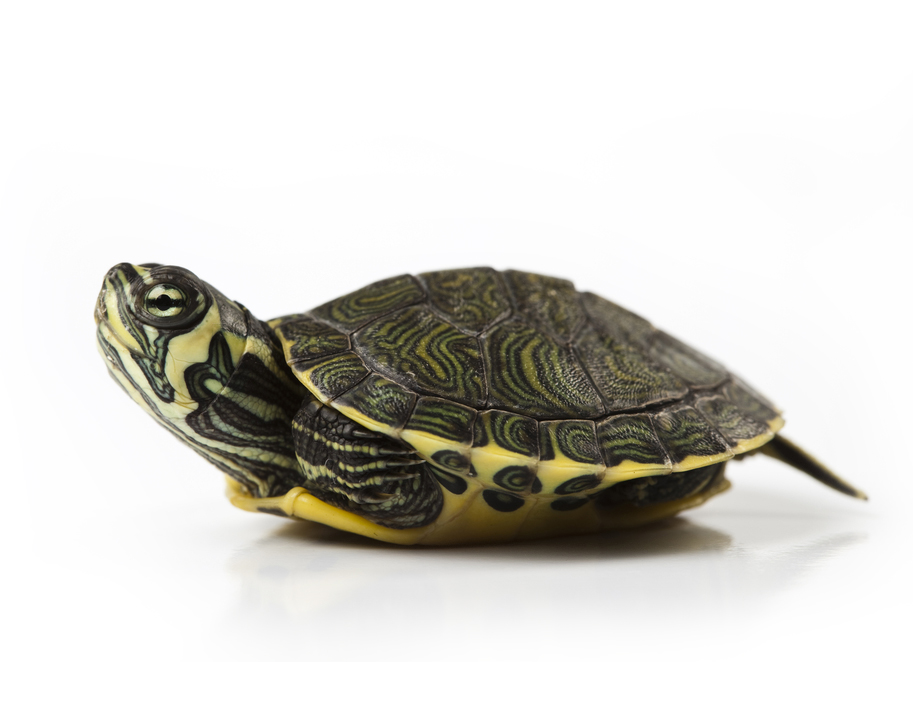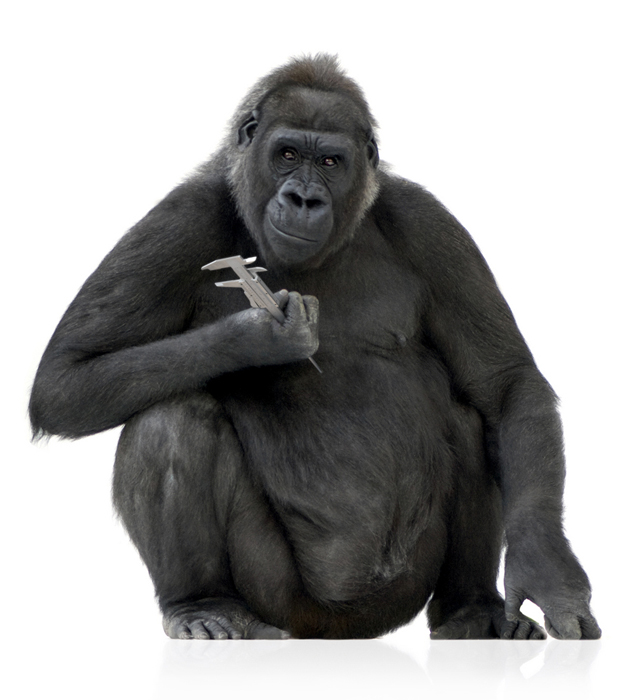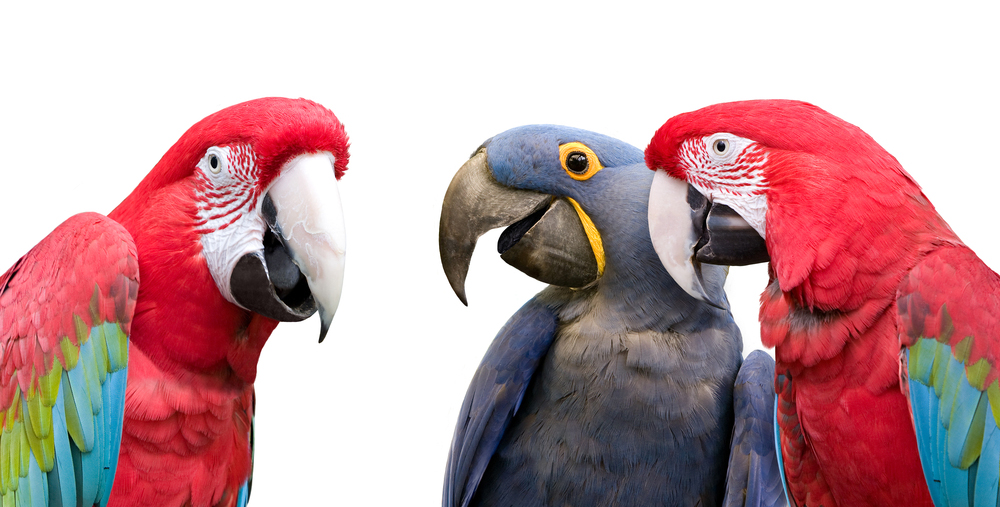Eclectic Creations
I believe that only working in many different fields and levels, facing different kinds of products, experimenting different styles, it is really possible to transfer innovation and produce originality. So I like switching from a bicycle project to a tea spoon, from a bathroom furniture collection to a medical equipment set, from a car component to a t-shirt. From a contribution of style to a totally technical one. From minimalist and sober objects to decorative works. Collaborating with companies as well as with small craftsmen. Contamination often generates originality.
Today it seems to be important to have a professional specialisation. I believe that it might be a good choice to be specialised in adapting to a variety of inputs and creating ideas able to influence positively those scenarios.
Today it seems to be important to have a professional specialisation. I believe that it might be a good choice to be specialised in adapting to a variety of inputs and creating ideas able to influence positively those scenarios.
The red-eyed tree frog, is a small tropical frog with large sticky pads on its toes, which make it a great jumper from a tree branch to another. (Picture by First Gallery)
Adaptability:
With the term adaptability I mean the following ideas, strictly connected with content design factors and style factors:
1. Content. our artificial world needs to be light, sober, transparent, sometimes even mimetic towards the environment we live in. We need to realise products that give us more functionality and quality, by saving energy, being more efficient and interferring as little as possible with natural bio-cycles. To achieve this goal once again we need to take inspiration from nature. We have to adapt our artificial spaces, our products and our behaviour to nature and not the other way round.
2. Style. Today we witness such a various and complex scenario, saturated with every kind of experimentation, that even the absolute absence of style has become itself an original way of designing. What can therefore be the poetics of designing the objects of tomorrow? What if the shape of the project becomes a dynamic variable in the designing process, as the perfect result of every necessary component? In this way style becomes a mirror of the product functions and of the near environment, which changes when environment, society and usage conditions change. After all adaptability means exactly this, namely to react in an effective way to a context variation.
1. Content. our artificial world needs to be light, sober, transparent, sometimes even mimetic towards the environment we live in. We need to realise products that give us more functionality and quality, by saving energy, being more efficient and interferring as little as possible with natural bio-cycles. To achieve this goal once again we need to take inspiration from nature. We have to adapt our artificial spaces, our products and our behaviour to nature and not the other way round.
2. Style. Today we witness such a various and complex scenario, saturated with every kind of experimentation, that even the absolute absence of style has become itself an original way of designing. What can therefore be the poetics of designing the objects of tomorrow? What if the shape of the project becomes a dynamic variable in the designing process, as the perfect result of every necessary component? In this way style becomes a mirror of the product functions and of the near environment, which changes when environment, society and usage conditions change. After all adaptability means exactly this, namely to react in an effective way to a context variation.
Chameleons have specialised three-level skin cells which allow them to change colours to survive. This mechanism spontaneously activates due to a variation of feelings and physiological conditions: social interaction, thermoregulation and camouflage. (Picture by Fivespots)
Degrowth
With the term “degrowth” I mean two different ideas, connected with content design factors and style factors:
1. Content. As many authors have written, the main challenge of our generation consists in switching from a model of society where the welfare of all countries is measured in terms of consumption increase, to a society where quality and durability should reduce production and consumption thus improving our way of living. Together with the vision of sustainability, this idea gives the designer a specific perspective: create excellent long-lasting products, so that people buy objects they are fond of and never feel like replacing. That means no more disposables and a more sensible usage.
2. Style. Hence the pursuit of a transcendent style, a “degrowth” to pure and simple functional values, a genuine expression of a timeless product usage . As if a primitive iconic archetype had been rediscovered behind each product and turned out as the fundamentals of today’s design. It seems that style is not at all an additional skin which characterises the subject, on the contrary, it is a way to clean the object from any unnecessary visual information towards a self-explanatory result.
1. Content. As many authors have written, the main challenge of our generation consists in switching from a model of society where the welfare of all countries is measured in terms of consumption increase, to a society where quality and durability should reduce production and consumption thus improving our way of living. Together with the vision of sustainability, this idea gives the designer a specific perspective: create excellent long-lasting products, so that people buy objects they are fond of and never feel like replacing. That means no more disposables and a more sensible usage.
2. Style. Hence the pursuit of a transcendent style, a “degrowth” to pure and simple functional values, a genuine expression of a timeless product usage . As if a primitive iconic archetype had been rediscovered behind each product and turned out as the fundamentals of today’s design. It seems that style is not at all an additional skin which characterises the subject, on the contrary, it is a way to clean the object from any unnecessary visual information towards a self-explanatory result.
Turtles have been living on our planet for 220 million years. When withdrawn in their rigid shell they can resist predator attacks, but they also contract themselves to preserve heat and energy inside their body. (Picture by Birute Vijeikiene)
Tools and Method:
Although small studios usually cannot offer a wide range of competences, working in a network can provide many advanced services. Young and open-minded professionals cooperate with specific skills using parametric 3d design tools for mechanical products, 3d mesh modellers for complex or organic polygonal surfaces, stl and 3d printings for prototypes, phisical models or for mathematic information useful for CAM stations like CNC milling or cutting machinery.
For less complex phases or quicker tasks 2D softwares and classic graphic tools can be the right tool choice. But the method adopted is more important, i.e. a specific procedure which helps the design team and the client to achieve an excellent result.
For less complex phases or quicker tasks 2D softwares and classic graphic tools can be the right tool choice. But the method adopted is more important, i.e. a specific procedure which helps the design team and the client to achieve an excellent result.
Gorillas show a special aptitude for constructing natural tools and developing methodic strategies to improve their usage. (Picture by Eric Isselée)
Team:
A single person working alone has perhaps more motivation, responsability, care and awareness while leading a project. People working in a group, instead, interact with each other, are able to provide different skills and know-how, creativity and can carry out a task quicker. Working in a network unites some of the advantages of both situations.
Most parrot species exhibit little or no sexual dimorphism and behaviour. This might be the reason why they are one of the most evolved birds in social interaction. They have a special aptitude for learning from one another, emulate each other and cooperate for a common goal. (Picture by Vivid Pixels)
